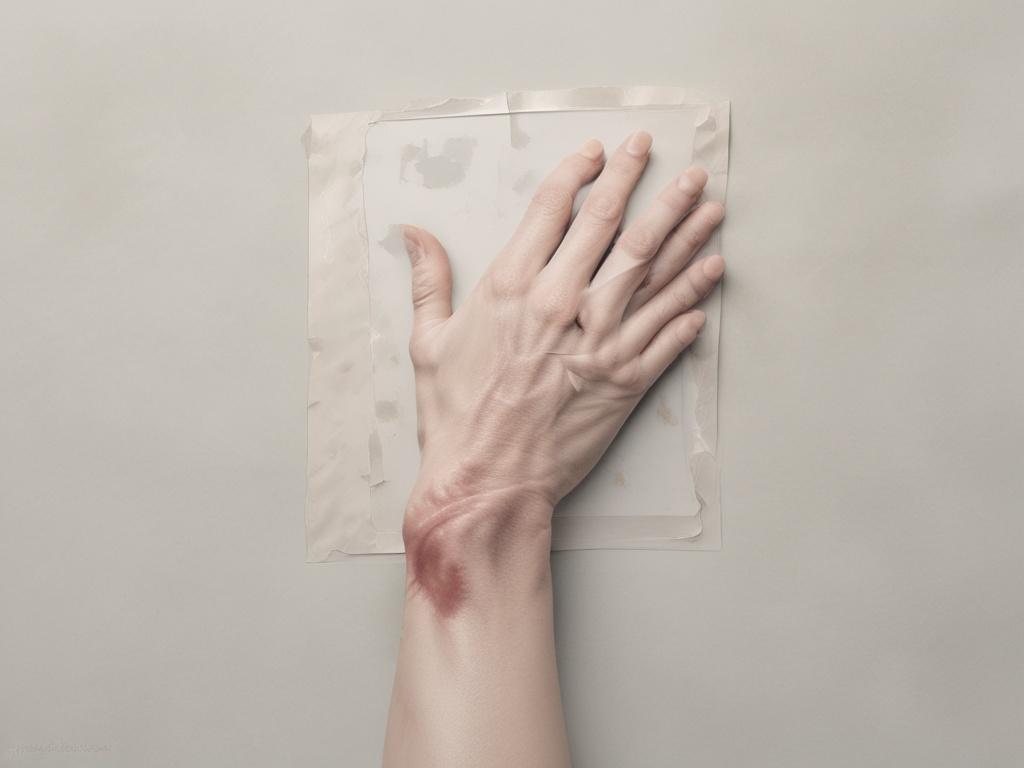
Injuries are inevitable, but when a wound becomes infected, it can complicate healing and pose serious health risks. Understanding the signs of an infected wound is crucial for effective self-care and timely treatment. Many people may not recognize the early warning signs, which can lead to increased discomfort, prolonged recovery times, and the need for medical intervention. By familiarizing yourself with the symptoms of an infection, you can take proactive steps toward healing and ensure that your recovery goes as smoothly as possible.
This blog post will explain five ways patients can identify an infection in their wounds. Recognizing these signs early can make a significant difference in treatment outcomes. Additionally, we will discuss when it is imperative to seek medical attention for an infected wound, helping you navigate your healing journey with confidence and clarity.
One of the most common signs of an infection is a change in body temperature. A fever—typically defined as a body temperature over 100.4°F (38°C)—is the body’s natural response to fight off harmful pathogens.
Patients may sometimes experience chills or sweating as their temperature fluctuates. While a mild fever can often resolve on its own, persistent or high fevers may indicate a more serious infection that requires medical attention. If you're feeling unusually hot, cold, or fluctuating between the two, it's worth monitoring and reporting to your healthcare provider.
Infections often cause localized inflammation, which may appear as redness or swelling on the skin. The area might also feel warm to the touch and be tender or painful. This is especially common in skin infections, surgical wounds, or recently injured areas. Inflammation is the body's immune response to invading pathogens, but when it’s excessive or doesn’t improve, it could be a sign the infection is progressing. If you notice these changes, especially near a cut or surgical site, seek medical advice promptly.
Infections often produce discharge—whether it's pus from a wound, cloudy or foul-smelling urine, or unusual vaginal or nasal secretions. The color, consistency, and smell of this discharge can provide clues about the nature of the infection. For example, yellow or green pus often indicates the presence of bacteria, while a foul odor may signal an advanced infection that’s spreading. It’s important not to ignore these symptoms, as they can be early warnings of a deeper issue.
Pain that persists or worsens without an apparent cause can indicate an internal infection. For example, abdominal pain could indicate a urinary tract infection (UTI), appendicitis, or gastrointestinal infection. Likewise, a sore throat, ear pain, or sinus pressure might point to a respiratory or ENT (ear, nose, throat) infection. If pain is accompanied by other signs like fever, fatigue, or swelling, it’s essential to consult a healthcare provider to rule out infection.
Feeling unusually tired or run-down can be more than just stress or lack of sleep—it may be your body fighting an infection. Systemic infections like the flu, COVID-19, or mononucleosis often cause profound fatigue. Your body diverts energy to the immune system, leaving you feeling drained. If this fatigue is paired with other symptoms such as fever, aches, or changes in appetite, getting checked out is a good idea.
At SknFx, we go beyond traditional wound care—blending cutting-edge medical expertise with the comfort and convenience of a boutique, in-home experience. Our personalized approach means you receive fast, compassionate care, custom-tailored treatment plans, and outcomes that speak for themselves.
But we don’t stop at treating wounds—we focus on complete, lasting healing that supports your long-term health and wellness. With SknFx, you’re not just healing faster—you’re healing better.
Ready to experience wound care that puts you first? Contact our team today and take the first step toward total recovery.